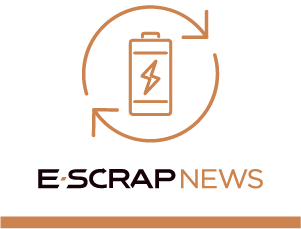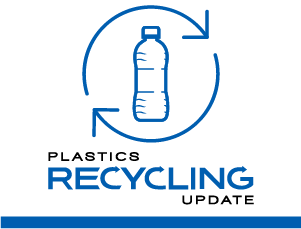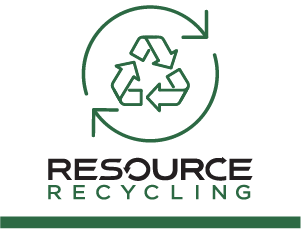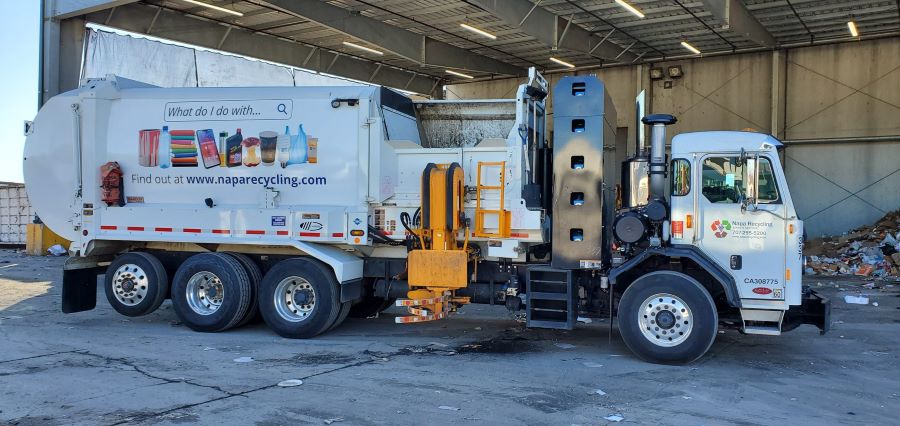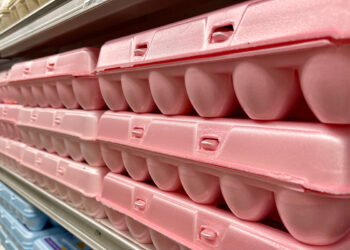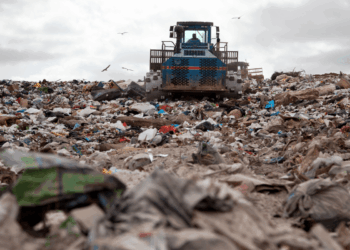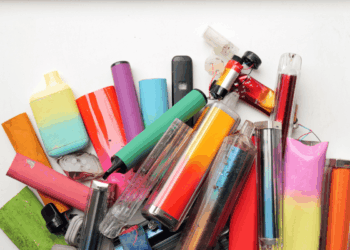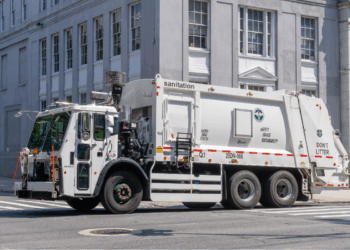A pot of money created when California added wine and spirits bottles into its container redemption program is being used to fund glass recycling pilot projects, including a commercial collection program in the heart of wine country.
Napa Recycling & Waste Services in March was awarded $913,700 from the California Department of Resources Recycling and Recovery, CalRecycle, to start up a pilot collection program that the company hopes will provide a cleaner stream of source-separated glass for local end markets.
The money is coming from CalRecycle’s “Increased Recycling of Empty Glass Beverage Containers Grant Program,” which was approved in 2022 and expanded California’s deposit program to include wine and distilled spirits at the beginning of 2024. The grant program was part of a major last-minute amendment to the bill, earmarked for “regional pilot programs that furnish bins for collection of empty glass beverage containers or for transportation.”
Napa Recycling & Waste Services’ project will do exactly that. A MRF operator based in Napa County, the company collects single-stream curbside recyclables from residences and businesses in the city of Napa and southern Napa County. The glass is commingled with other materials under the current system, going to the MRF to be sorted into a three-color mix.
Now the company is exploring a way of moving glass containers in certain large-generator settings from the commingled bin into its own collection container. In effect, Napa is setting up a “glass on the side” system specifically for restaurants and other retail establishments where beverages in glass containers are consumed. The businesses will continue to have single-stream recycling for everything except glass, which will go into a new 64-gallon glass-only cart.
Tim Dewey-Mattia, recycling and public education manager for Napa Recycling, told Resource Recycling there are a lot of restaurants and wineries in the area, and the region in general has a higher concentration of glass than other communities.
Napa Recycling has long been interested in improving the quality of the glass it collects and markets in the region — the company already sells a relatively small amount of cleaner, color-sorted glass that it collects through roll-off containers from very large generators, like wine bottlers.
“This will expand that,” Dewey-Mattia said of the new program. “This will expand it down to the commercial generators who aren’t generating a roll-off load.”
The grant funding will go toward a new collection truck and hiring a new driver position, as well as purchasing 1,200 glass-only curbside collection carts and 180 collection containers for use inside establishments.
As required by the grant program, Napa is also kicking in its own funding for the program. One component is a per-ton incentive program for participating restaurants. They’ll get a $40 per ton buyback payment, essentially in exchange for doing some extra work on the front end.
Dewey-Mattia noted the value is paid for in part by the additional value the company will get for selling the higher-value end product.
Napa currently sells its MRF glass to a glass beneficiation operation — such as Strategic Materials or Halo Glass — where it is cleaned and sorted into a furnace-ready cullet to be sent to a couple different glass plants in the region.
“It’s higher-value glass to them, they don’t have to process it as much, so it’s worth more to them,” Dewey-Mattia said.
Napa sees a few benefits to the pilot program. Collecting a dedicated stream of glass provides a cleaner inbound product, raising its commodity value. It also benefits the other commodities in the MRF, because it moves that glass — often considered a contaminant — off the conveyor line.
The company estimates it’ll capture about 150 tons per month of glass through the new program, and Dewey-Mattia says Napa anticipates getting the program started this summer.
San Diego redemption center operator awarded for pilot
At the same March meeting, CalRecycle also awarded an $887,750 grant to Southern California-based Hirmiz Enterprises for a similar pilot effort. It involves collecting glass beverage containers from bars, restaurants and on-site retail establishments in San Diego, where the company operates a redemption center called Time Recycling Center.
The company will consolidate the containers in San Diego, then transport them to Los Angeles for processing and recycling, according to the grant description. The project aims to explore ways of enlisting long-term participation by the glass generators and efficient ways of collecting and transporting the containers.
The project will start in San Diego’s Gaslamp quarter and expand throughout the county, with an initial goal of collecting 200 tons per month of empty glass bottles.



